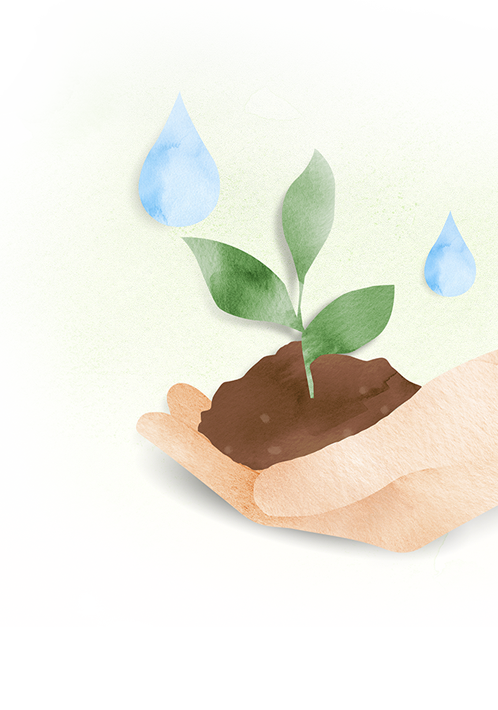Physical Education
Curriculum Objectives
The Physical Education subject aims to improve students' physical fitness and coordination, promote physical health and mobility as well as arouse their interest in sports. Various kinds of suitable sports activities will be carried out according to students' abilities, to encourage them to develop their potentials. They can build self-confidence, express their emotions and learn to get along with the others from participating in enjoyable activities as well as lay the foundation for their future life by mastering basic living skills.
Study Scope
Through different physical activities, students can develop abilities in six learning areas, including sports skills, physical fitness, sports-related values and attitudes, activity knowledge, safety knowledge as well as practical and aesthetic abilities.
- Sports skills - Through participating in different sports or other learning modes, students can master various basic sports skills, such as gripping, releasing, pushing, throwing, patting, catching, kicking and stepping. At the same time, they can link up the series of movements and develop comprehensive physical abilities.
- Physical fitness - Students will participate in different physical activities and games to maintain good health and develop the habit of exercising to keep themselves fit. While learning about the benefits of sports, students can achieve the ideal level of physical fitness.
- Sports-related values and attitudes— Students can interact with the others through participation in activities or games. By being engaged in the activities, students can develop the attitudes of teamwork, positivity and willingness to participate. In addition, students will learn about positive values and attitudes during the activities, such as complying with the rules of the sport, treating others with courtesy, supporting teammates and enjoying the fun of sports together.
- Activity knowledge – To arouse students' interest in sports through different learning and teaching activities, at the same time teach them the vocabulary of basic movements and equipment involved in sports activities, so that they can master the concepts of relative movements.
- Safety knowledge and practice - Through different learning and teaching activities, students can understand safety issues concerning sports activities to avoid accidents, such as the proper use of equipment, suitable clothing, adequate warm-up and cool-down, so that they can handle accidents with appropriate knowledge acquired.
- Aesthetic ability - Through different forms of exercises, competitions and related activities, students can understand the concept of "beauty" and its opposite, and learn to appreciate the movements of classmates during the activities to develop students' ability to appreciate beauty.












